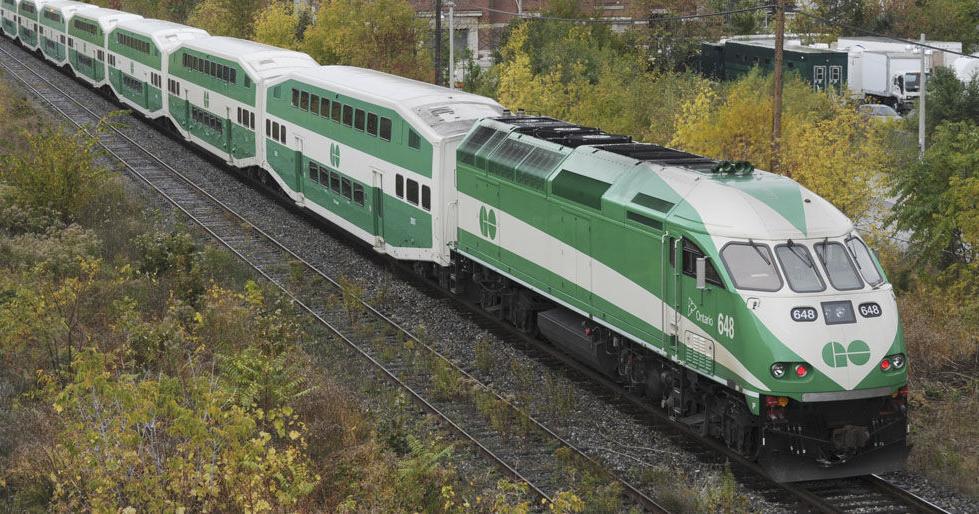So, I had a discussion with a number of my buddies at Metrolinx last night, and I need to walk back my earlier contention.
Turns out that there are 49 trainsets in service each day right now. So yes, there is easily enough equipment.
Pre-COVID, there were 71 trainsets in service each day, including the 6 6-car trainsets. There would be no way to increase that number.
The issue stems from this - there are 91 locos in the fleet. They are the limiting number when it comes to how many trains can be run on any given day. There needs to be a higher spares ratio than in the transit world - 25% is seen as minimal - due to the various regulatory checks that are required by Transport Canada, such as the 92 day inspection. Coaches and cab cars also have their own regulatory inspection cycle, but they are not as stringent as that for the locos and so they can run a lower spares ratio.
Specifically speaking of route 16/QEW Express, part of it stems as a holdover from the early days when GO was handed the service from Grey Coach. GO has been trying for many years to get rid of it, despite it's popularity.
Cause and effect? Ridership hasn't recovered as well because a lot of the jobs that are working downtown in the 9-to-5 office industry haven't returned to "normal" yet. If you look at the stats, the rate of work-from-home for those kinds of white-collar jobs is far higher than in most. Express services haven't come back to the same levels because of that, not the other way around.
Conversely, off-peak services - for which have not really had any express service options - have returned to almost "normal" ridership levels, according to some of the preliminary internal numbers at GO.
There is a bit correlation, yes.....but it's not nearly as cut-and-dried as you think it is.
The TTC has used a weighting scale to determine the various effects on ridership caused by things like waiting at a stop, transfers, etc. And it's not a perfect science by any means - they've had to update it a couple of times over the years. But it does seem to do a reasonably accurate job of quantifying what people feel about those things. An old version of that scale can be seen on the last page of this report:
https://ttc-cdn.azureedge.net/-/med...ards.pdf?rev=be660330001244f1ae3fd427796a29d4
I know the theory behind it. But the reality is that people were just walking up to stations that had the 15 minute service pre-COVID without much worrying about the schedule. Despite the concept of the threshold of 10 minute headways, a doubling of service/halving of headways to 15 minutes - and maybe coupled with their advertising campaigns - resulted in riders exhibiting that same behavior.
Dan





